Unlocking the Benefits of Real Ear Measurement for Hearing Aid Fittings
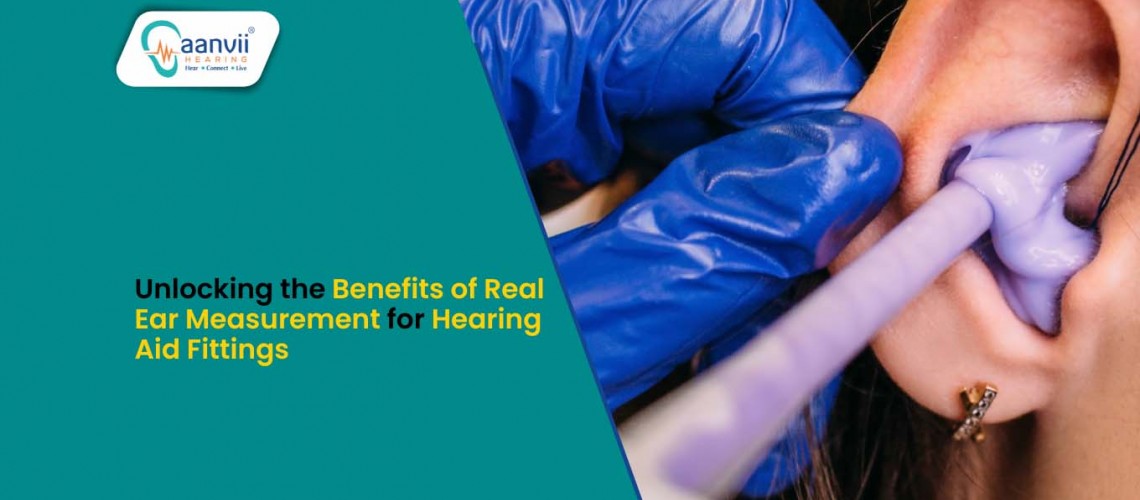
Getting a hearing aid is not just about popping it in and walking out of the audiologist's office. It involves several essential steps to ensure that the device is calibrated correctly and programmed to meet your unique hearing needs. One crucial aspect of this process is real-ear measurement, also known as real-ear verification, which plays a vital role in fine-tuning your hearing aids for optimal performance.
Also Read: How To Choose The Right Hearing Aid For Your Needs?
Understanding Real Ear Measurement:
Real ear measurement is a test conducted
during the hearing aid fitting process to confirm that the settings on your
hearing aid are delivering sounds at the appropriate amplification levels.
Unlike relying solely on subjective feedback from the wearer, real ear
measurement provides objective data on how soft and loud sounds are amplified
within the ear canal. This ensures that the hearing aids are programmed
accurately to meet the wearer's specific requirements.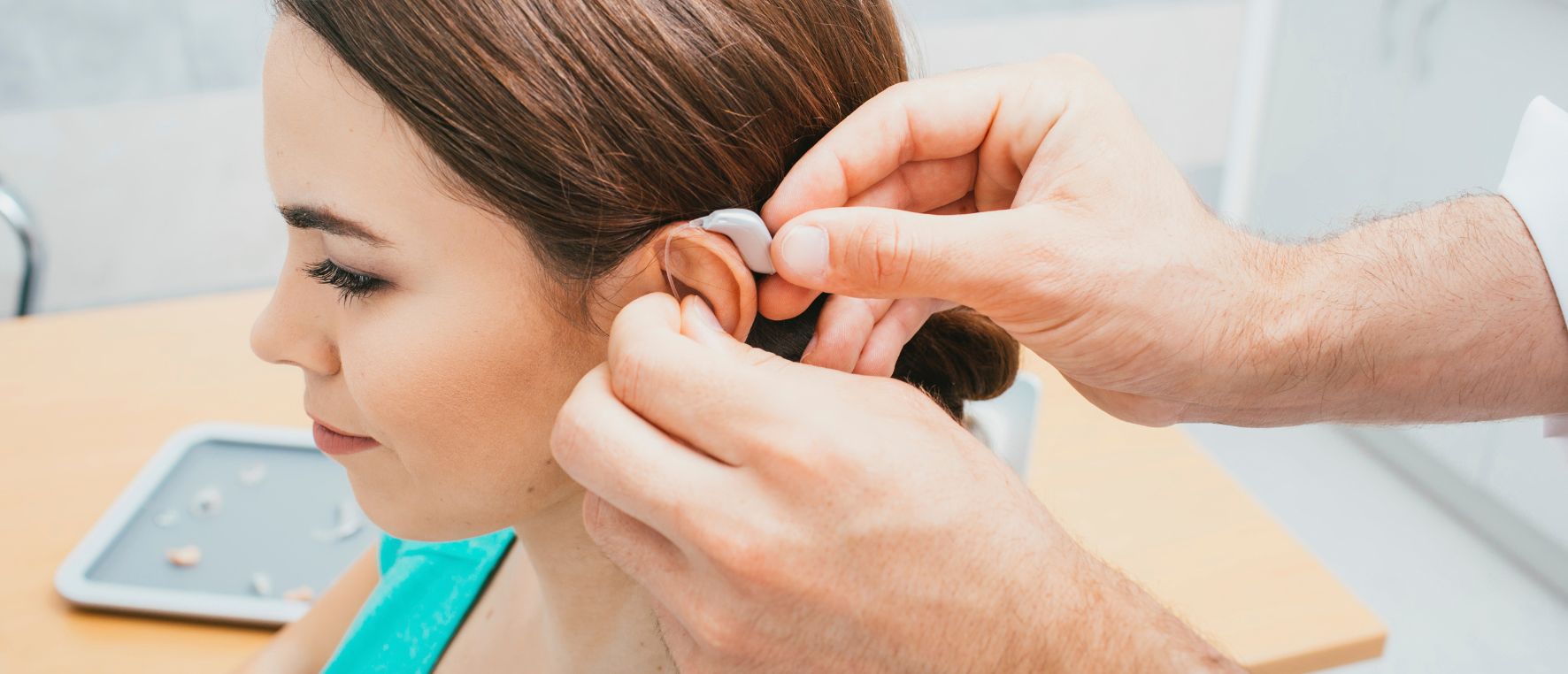
Importance of Real Ear Measurements:
Real ear measurements are instrumental in
ensuring that hearing aids perform optimally for the wearer. By combining
subjective feedback from the wearer with objective data on sound amplification,
hearing care providers can fine-tune the devices to deliver the best possible
listening experience. This not only enhances wearer satisfaction but also
increases the likelihood of successful outcomes with hearing aids.
The Real Ear Measurement Process:
During a real ear measurement procedure,
several steps are involved to ensure accurate results and proper calibration of
the hearing aids:
Calibration: Before the measurement process begins, the audiologist calibrates the equipment to ensure accurate readings.
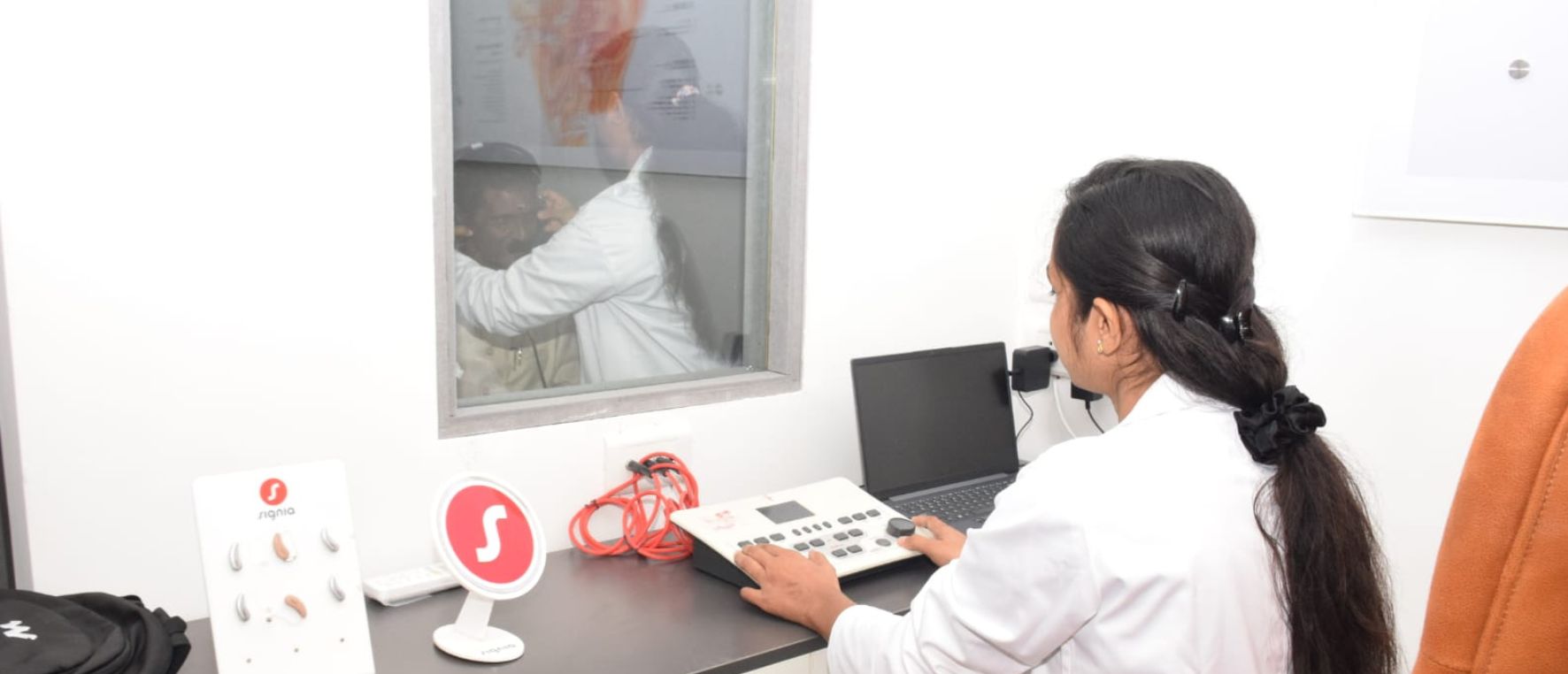
Otoscopy: The audiologist conducts an
otoscopy to examine the ear canal for any obstructions, such as earwax or
debris, that may interfere with the measurement process.
Probe Placement: A probe tube is inserted
into the ear canal, positioned approximately six millimeters from the eardrum.
This step is crucial for accurate measurements and requires precise placement
by the audiologist.
Also Read: Understanding the Mechanism of Hearing Aids: How Do They Work?
Hearing Aid Placement: The wearer's hearing
aids are inserted into the ears, along with the probe tube, to assess their
performance in real-world conditions.
Listening Test: The wearer listens to
various sounds, such as speech or environmental noises, while the audiologist
measures the amplification levels produced by the hearing aids. Adjustments may
be made to ensure that the amplification targets are met.
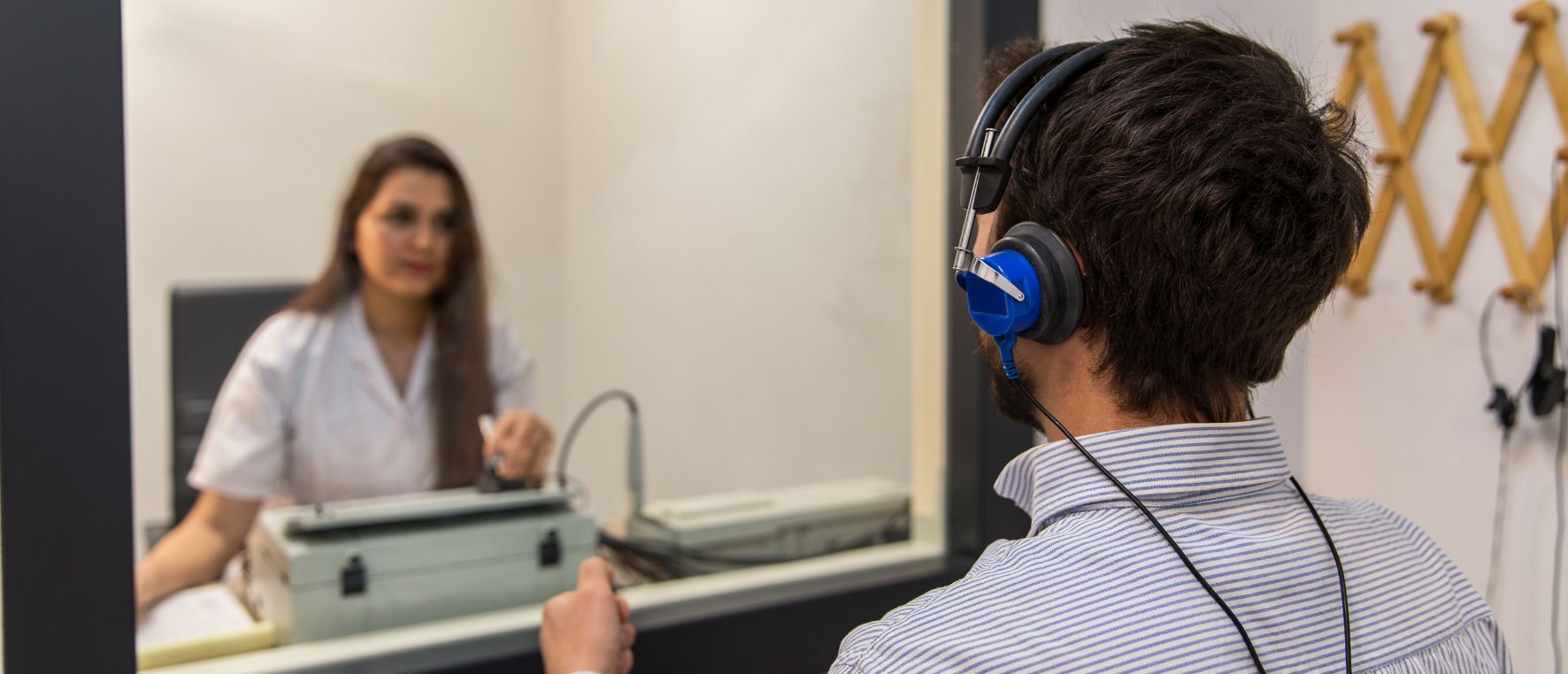
Feedback: The wearer provides feedback on
their listening experience, including comfort levels and perceived sound
quality. This input helps the audiologist make further adjustments if
necessary.
The entire real ear measurement process
typically takes around 10 minutes per ear, although additional time may be
required for adjustments or fine-tuning.
Benefits of Real Ear Measurement:
Real ear measurement offers several
benefits for hearing aid wearers:
Optimized Performance: By verifying that
the hearing aids are delivering sounds at the correct amplification levels,
real ear measurement ensures optimal performance tailored to the wearer's
individual needs.
Customization: Each ear is unique, and real
ear measurement allows audiologists to customize the fit and programming of the
hearing aids based on the wearer's ear anatomy and hearing profile.
Increased Satisfaction: With accurately
calibrated hearing aids, wearers are more likely to experience improved comfort
and sound quality, leading to higher satisfaction levels with their devices.
Enhanced Outcomes: Real ear measurement contributes to better outcomes with hearing aids by maximizing their effectiveness and reducing the likelihood of issues such as over-amplification or under-amplification.
Book a Free Hearing Test & Trial at Aanvii Hearing
In conclusion, real ear measurement is a
crucial step in the hearing aid fitting process, ensuring that wearers receive
the full benefits of their devices. By combining objective measurements with
subjective feedback, audiologists can fine-tune hearing aids to provide a
personalized listening experience tailored to each individual's unique hearing
profile.
Contact Us to learn more about how real ear measurement can benefit you or to schedule a hearing aid fitting appointment with one of our experts at Aanvii Hearing. For more information, Call us at 96 5839 5839 or Mail us at customercare@aanviihearing.com.

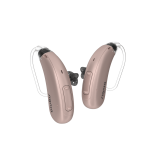
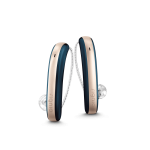
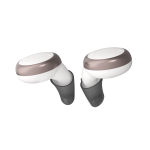
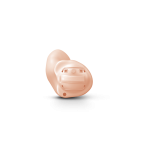
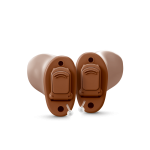













Leave a Comment